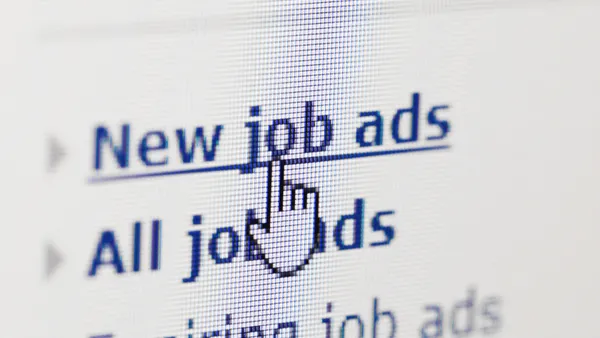Dive Brief:
- Change management teams involved in mergers and acquisitions must strategically approach integrating the merging workplace cultures for the transition to be successful, a July 20 report from McLean & Co. advises.
- The report outlines a three-phase process to help HR pros and transition teams establish a sustainable, post-M&A, culturally integrated organization based on shared values: 1) Assess the current companies’ cultures and define values that will shape an integrated culture in the future; 2) Identify your role in managing the change; learn how to prepare for the long-term; recognize the importance of strong communication; and review reactions, culture clashes or resistance; and 3) review relevant support and monitoring metrics and establish boundaries around them to signal the need for intervention.
- “Few M&As consider culture pre-transition, and even fewer have comprehensive plans for integrating cultures post-transition,” Kelly Berte, McLean’s director of HR research and advisory services, said in a press release announcing the report. Traditional approaches “cannot be comprehensively applied to M&A situations because of the confidential nature and legal requirements that delay communication with employees in most cases,” Berte added.
Dive Insight:
Although M&A activity has slowed considerably since its peak in 2021 — and while not expected to rebound to that level anytime soon — experts predict the market will increasingly pick up during the second half of 2023, according to various consulting firms.
However, since 2021, the workplace has changed significantly, and talent acquisition teams face new paradigms for attracting and retaining key players. As McLean explains: “In a competitive labor market, organizational culture is an increasingly important consideration for employees when choosing where they want to work.”
So, as M&A activity rebounds, HR teams tasked with cohesively integrating multiple workplace cultures will want to be prepared.
The process presents a number of challenges, industry professionals told HR Dive in 2021. For instance, once a transition is announced, headhunters start placing calls to the merging workplaces, an HR exec said. If HR doesn’t do a good job of communicating to employees affected by the acquisition, the employees are likely to take the calls and look for other opportunities, the exec explained.
Transition teams must also plan for integrating a heavily remote workplace with one that’s heavily in-office, another HR expert noted. If so, HR must resolve how this will play out; although initial policies may change, it’s important to ensure that remote policies are homogenized, the expert said.
Importantly, employers need to demonstrate empathy toward those who have been working remotely while their company has been acquired, an HR consultant added.
In large part, culture can determine whether an M&A succeeds or fails, Dominique Andrews, chief people officer for Logistically, emphasized in a 2022 op-ed to HR Dive. If key workers find themselves having to deal with disparate company cultures and workflows that were never effectively integrated, they’re likely to get frustrated and look elsewhere for roles, Andrews cautioned.
To keep an M&A from being a culture-killer, Andrews laid out these tips: Make HR’s presence known from the beginning; craft a culture task force to get the two work cultures to click; and learn from the incoming culture instead of dismissing it.













